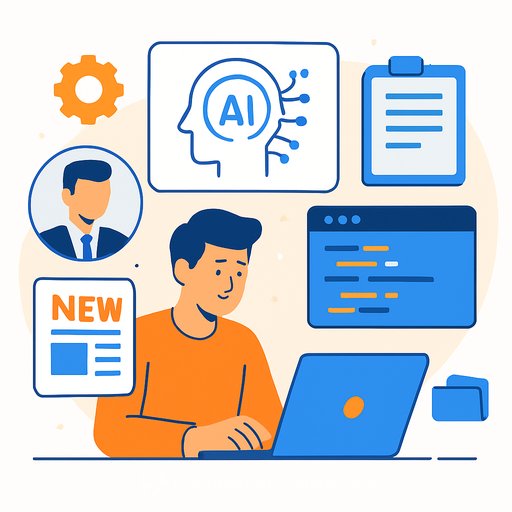AI innovation drops under EU data regulations, researcher says
EU privacy rules are slowing AI innovation. That's the core finding from research led by Luis Alfonso Dau, associate professor of international business and strategy at Northeastern.
He analyzed more than 550,000 AI-related patents filed with the U.S. Patent and Trademark Office across 48 countries from 2000 to 2019. Countries operating under the GDPR and similar regimes showed lower levels of AI patenting after the law took effect in 2018. The study appears in the Journal of International Business Studies.
What the data actually shows
As data protection requirements tightened, domestic AI companies in regulated markets produced fewer patents relative to peers. Dau puts it plainly: there are trade-offs. Protecting consumers from AI risks can make it harder for local firms to compete in AI innovation.
That doesn't mean GDPR is bad policy. It's essential for privacy and trust. But product teams should expect real friction: slower iteration cycles, narrower data pipelines and higher compliance overhead.
Culture changes the impact
The hit isn't uniform. Using Hofstede's cultural dimensions, the research found the effect is weaker in countries with higher individualism, assertiveness and indulgence (e.g., Netherlands, Denmark, Ireland). It's stronger in countries with higher uncertainty avoidance, power distance and long-term orientation (e.g., Belgium, Portugal, Greece; Croatia, Romania, Slovenia; Belgium, Germany, Lithuania).
Translation for product leads: your go-to-market plan, experimentation cadence and consent strategy should vary by country. The same feature will face different compliance drag depending on local norms.
A practical playbook for product leaders
- Segment your roadmap by region. Ship privacy-sensitive features on different timelines. Maintain separate data collection configs for EU vs. non-EU. Keep a single feature spec, multiple data plans.
- Redesign consent and telemetry. Default to opt-in. Track only what you can defend. Use event sampling, short retention windows and aggregated metrics instead of raw logs.
- Adopt privacy-preserving tech. Apply data minimization, strong pseudonymization and PII vaulting. Where it fits, test differential privacy, federated learning, on-device inference and synthetic data for training and QA.
- Gate work with DPIAs. Put data protection impact assessments at the top of your delivery checklist. Block releases until risk is documented, mitigations are in place and vendors have DPAs and SCCs signed.
- Localize experimentation. In high uncertainty-avoidance markets, run smaller, clearer experiments with explicit value messaging. In more assertive/individualist markets, you can test faster-with the same privacy guardrails.
- Tune your model strategy. Prefer features that learn from on-device or ephemeral data. Use human-in-the-loop review where data is scarce. Keep EU data residency for training and logging when required.
- Harden your vendor stack. Choose providers with EU data centers, clear deletion SLAs and audit trails. Verify sub-processors and cross-border transfer mechanisms up front.
- Measure the drag. Track "time to consented data," percent of events with consent, DPIA cycle time, and release lead time. If the metric isn't improving, your team isn't actually getting faster.
- Be strategic with IP. File early and often on AI methods that don't hinge on personal data. Cross-file where it matters (e.g., US and EP) to preserve options.
How to apply cultural nuance
- High individualism/assertiveness (e.g., NL, DK, IE): Pilot new AI features here when lawful. You'll see quicker adoption and clearer feedback with the same privacy limits.
- High uncertainty avoidance (e.g., BE, PT, GR): Over-communicate value and safeguards. Provide simple controls, visible privacy wins and conservative default settings.
- High power distance (e.g., HR, RO, SI): Engage regulators and large enterprise buyers early. Clear approvals reduce rework later.
- High long-term orientation (e.g., BE, DE, LT): Invest in formal governance, audits and repeatable processes. These markets reward consistency.
Bottom line
Strong privacy rules shape how fast AI products improve. You can still ship meaningful AI features-just design for consent, minimize data, and engineer around access limits. Treat compliance as part of product, not a blocker outside the room.
As Dau notes, the challenge is balancing protection with progress. Teams that respect both will keep momentum without creating future risk.
Keep building, the right way
If your team needs structured upskilling on privacy-safe AI development and product workflows, explore role-based programs at Complete AI Training.
Your membership also unlocks:






